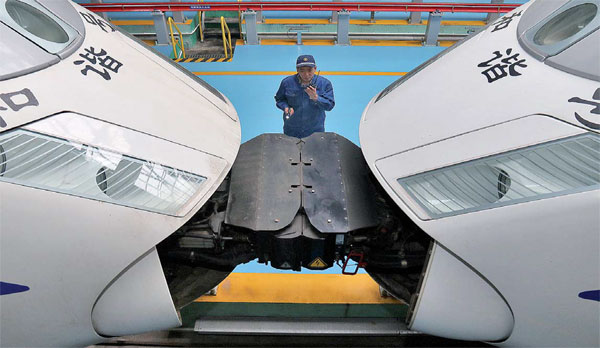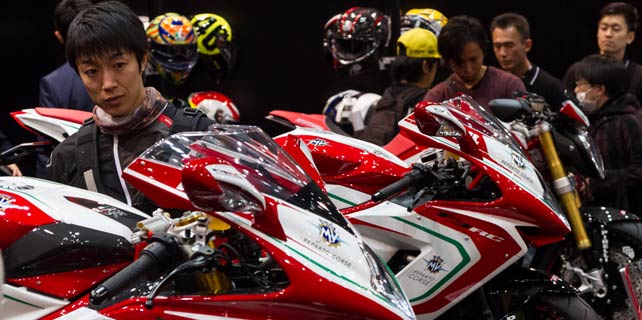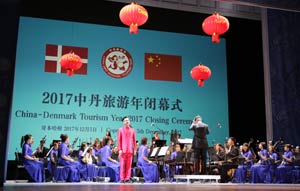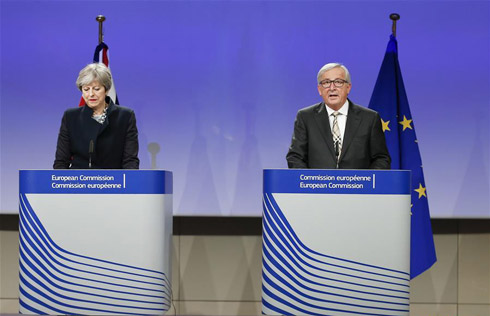Rail giant on track for UK business
Corporation is working with leading academics and manufacturers in an ambitious bid to create the train technology of the future
China's biggest railway vehicle and equipment maker, China Railway Rolling Stock Corp, is fast expanding into the UK, competing on the back of its decades of experience in making safe, reliable and sustainable trains.
After establishing a UK research and development center in 2015 to collaborate with three British universities on pioneering train technology, CRRC has more recently teamed up with local train suppliers to jointly bid for new projects.
"We have enormous experience building trains for China's domestic market and other international markets, and are keen to work with local UK partners to accommodate the needs of the UK market," says Ding Biao, general manager of CRRC UK. "In addition to revenue CRRC can derive from new contracts in the UK, we can also benefit from building trains to satisfy the UK's high train standards, and can use this experience elsewhere in the world."
|
A worker guides bullet trains at a rail depot in Qingdao, Shandong province, in preparation for the Spring Festival travel peak. Tang Ke / For China Daily |
With roots extending back to 1881, CRRC has been at the forefront of the development of China's railway industry. CRRC was incorporated in its current form in 2015 through the merger of two former rivals, CSR Corp and CNR Corp. At the time, CRRC not only had a firm domestic footing but also had exported to some international markets, mostly in Africa and the Middle East and in the developed markets of Australia and the United States.
In 2015, its overseas sales reached 26.6 billion yuan ($3.86 billion; 3.6 billion euros; 3.1 billion), accounting for 7 percent of its total sales. The company has a strategy to boost the level of its overseas sales to 35 percent by 2025.
Globally, CRRC employs 190,000 people in 430 subsidiaries, including five listed companies. As of the end of 2016, CRRC had shipped and deployed its railway vehicles, parts, signaling systems, maintenance and other service businesses to markets in 102 countries and regions, accounting for 83 percent of countries that operate railway services globally.
CRRC's UK expansion comes as the UK implements its Control Period 5 plan for infrastructure upgrades, which will include the allocation of 38 billion for network rail contracts between 2014 and 19.
The expansion also builds on an agreement between the UK and China's rail industries to work together to boost economic growth, jobs and skills. The deal was signed by former British prime minister David Cameron and Premier Li Keqiang in 2014.
As a continuation of the agreement, a China-UK railway working group was established to help China and the UK export railway technology to each other. Ding is a member of this group.
"The UK market is of paramount importance because of its historically recognized standards and its scale of opportunities," says Ding, who added that Brexit uncertainties will not change CRRC's commitment to the UK.
He draws on the British government's approval of Chinese investment in the Hinkley Point nuclear power station as an example of an open attitude toward foreign investment. The deal, which was approved in September, will see China General Nuclear invest 6 billion into the EDF-led nuclear power station that will be built in the UK. The deal is seen by infrastructure sector insiders as a major endorsement of the UK's open-for-business attitude.
Ding says it will be crucial to work with local partners to be successful in the UK.
"We can incorporate them into our international supply chain, but also with their help we can understand more about standards and practices in the UK market."
It is an attitude that has been warmly welcomed by British rail supply chain companies, one of which - PriestmanGoode - began collaborating with CRRC subsidiary CSR Sifang in 2008. The companies have been working to improve train designs, with ideas including aesthetic aspects, such as the use of colors and the luxury feel of the interior, as well as such functions as hot water dispensers and allowing the seats to swivel so travelers do not have to face backward.
Paul Priestman, director of PriestmanGoode, says Chinese trains are "hugely competitive", with their scale of manufacturing capabilities a great advantage.
"I also think that we can learn a lot from their design process, which is a much more multitrack approach than we operate in the West. They develop many solutions simultaneously and pick the best option once they are quite far developed," Priestman says.
Meanwhile, CRRC is working hard to gain trust from the British government and industry partners. To develop that level of confidence, CRRC is working to improve and localize its technology through the establishment of a UK rail research center in partnerships with universities including Imperial College London, the University of Southampton and Birmingham University.
"These universities work with us on R&D, and help us to improve our technology, increase reliability and create products specifically suited to the needs of the UK market," Ding says.
In addition, CRRC is hosting conferences and seminars about the train sector to clearly communicate its message to the industry. It also invites UK partners to visit its headquarters and factory in China so they can develop a greater understanding of CRRC's capabilities, Ding adds.
Academics collaborating with CRRC on R&D express excitement about the partnerships.
Qiu Yi, an associate professor at the University of Southampton, said his team's collaboration with CRRC on improving active noise and improving the experience can help CRRC's expansion in Europe, a market attuned to train comfort.
"Although Chinese trains are very much on par with global standards for their hardware, there is still room to improve in areas such as safety and comfort," Qiu says. "Software competency will be very important in determining whether Chinese train companies can actually win projects in Europe."
Qiu's excitement about working with CRRC is echoed by Roderick Smith, a research professor at the Future Rail Research Centre at Imperial College London. CRRC and the college are jointly researching modern manufacturing processes for high-speed trains, with the intent to improve efficiency and reduce costs.
Smith says some of this R&D work could incorporate innovative modern manufacturing methods, including new methods of forming metals that can cope with the complex shapes of trains. The collaboration may also explore automated manufacturing methods that have advantages for mechanical behavior and aerodynamics, he said.
Meanwhile, CRRC has made many overseas acquisitions with the goal of gaining niche technology. In the UK, for example, it acquired a majority stake in the semiconductor maker Dynex in 2008 through its subsidiary Zhuzhou CSR. In 2015, CRRC acquired the deep-sea equipment company SMD.
Fresh investments from CRRC in acquired targets aided growth. For example, Dynex's R&D team increased from 12 at the time of its acquisition to about 40 today. Overall staff grew from fewer than 250 to about 300.
Dynex, a leading maker of insulated-gate bipolar transistor (IGBT) semiconductors, has helped Zhuzhou CSR build a new IGBT manufacturing facility in China that will focus on the large-scale production of low-voltage IGBT semiconductors, while production of high-voltage IGBT semiconductors remains with Dynex in the UK.
Through this arrangement, Dynex is able maintain job opportunities in the UK while helping its parent company leverage its expertise in China. Dynex's sales in China have also grown as Zhuzhou CSR became a distributor for Dynex's products for the Chinese market after the acquisition.
Looking to the future, Ding said his team would like to work more closely with local partners to create products that are specifically suited to UK customers' needs.
cecily.liu@mail.chinadailyuk.com























